Top 4 Health Issues of Low Physical Activity in The Elderly
Exercise comes in many forms, including yoga, hiking, running, swimming, dancing, and gardening. Unfortunately, not all seniors are incorporating physical activity into their routine. Low physical activity in the elderly causes several problems, possibly affecting mobility and brain functions. In some cases, long periods of inactivity can even be life-threatening.
Though seniors may have some physical limitations, they should get at least 150 minutes of activity each week. Luckily, many exercises are safe for older individuals, especially those working with a trained physical therapist. The proper exercises will build muscle, improve balance and flexibility, and slow physical and mental deterioration. Without such activity, the body and mind will decline quicker, which we’ll discuss in the following sections.
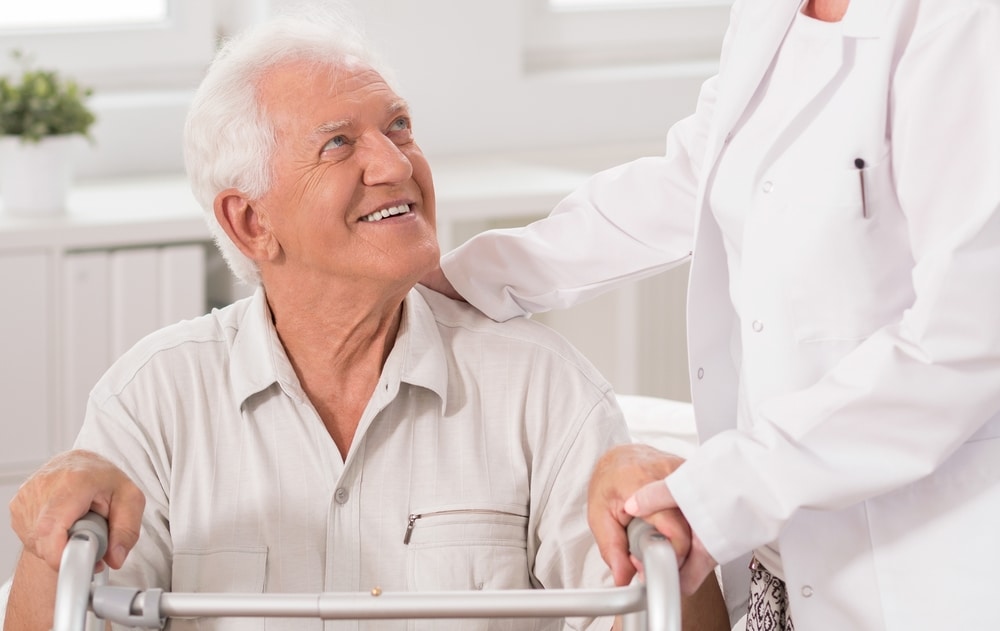
What Health Issues Are Caused By Low Physical Activity For The Elderly?
In some cases, physical limitations prevent seniors from participating in activities they used to favor. Other issues preventing regular exercise could be a preference for a sedentary lifestyle, reduced socialization, or financial strains. Though it isn’t a problem short term, long-term inactivity can have severe health consequences. Let’s look at the 4 main issues caused by low physical activity.
1. Cardiovascular issues
Cardiovascular issues are a common side effect of low physical activity among elderly individuals. A lack of exercise causes the buildup of fatty material in the arteries, which reduces blood flow. Clogged arteries to the heart cause heart attacks, while those leading to the brain lead to strokes.
Other cardiovascular and circulatory issues caused by arterial buildup include high blood pressure, high cholesterol, and diabetes. Regular exercise can help prevent such medical problems.
2. Low muscle mass and decreased strength
Another serious issue caused by low physical activity in elderly people is muscle atrophy. This term describes muscle thinning or loss and a decrease in strength. Several symptoms are associated with muscle atrophy, including weakness, numbness, or tingling in the limbs and movement or balance issues.
When leading a sedentary lifestyle, you stop using those muscles. The body then decides those muscles are no longer required. It stops using energy to maintain the muscles, allowing them to break down by reducing their strength and size. Though it’s possible to recover from the loss of muscle mass and strength, doing so takes time and effort. That is why it is necessary to address low physical activity in elderly people.
3. Joint stiffness
Between our bones is a combination of cartilage, synovial membranes, and synovial fluid. As we age, the reduced activity causes shrinking and stiffening of the cartilage. With decreased cartilage, the bones rub together, causing pain and stiffness.
The fluid also decreases as we age, and low physical activity prevents what’s left from moving and coating the joint. The result of such issues is stiffness, lower flexibility, and reduced mobility.
4. Cognitive decline
The brain controls all the functions of the body, which requires a great deal of energy to perform. It requires the proper fuel, glucose, to be metabolized and transported at the correct rate. When glycemic control is disrupted, brain functions and structures are impaired. Low physical activity among elderly individuals reduces blood flow, altering glycemic control and causing cognitive decline.
Resources:
https://www.ncbi.nlm.nih.gov/pmc/articles/PMC6304477/
https://www.betterhealth.vic.gov.au/health/healthyliving/physical-activity-for-seniors
https://www.bhf.org.uk/informationsupport/risk-factors/physical-inactivity#:~:text=Being%20inactive%20can%20lead%20to,can%20lead%20to%20a%20stroke.
https://my.clevelandclinic.org/health/diseases/22310-muscle-atrophy
https://www.ncbi.nlm.nih.gov/pmc/articles/PMC5651418/
This article is for educational and informational purpose only and does not substitute for professional medical advice. For any questions about your own health condition, speak to a qualified physician or healthcare provider.

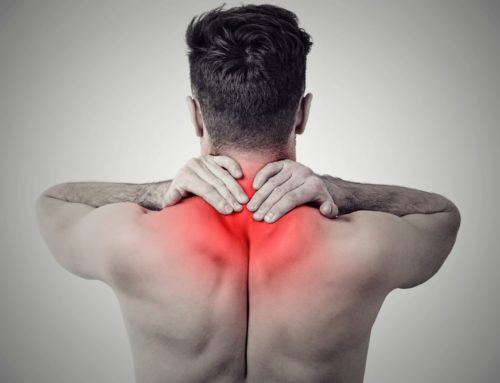
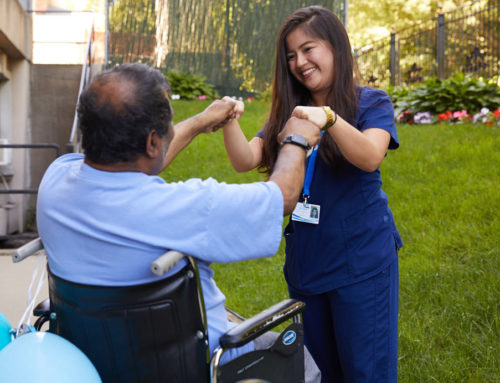
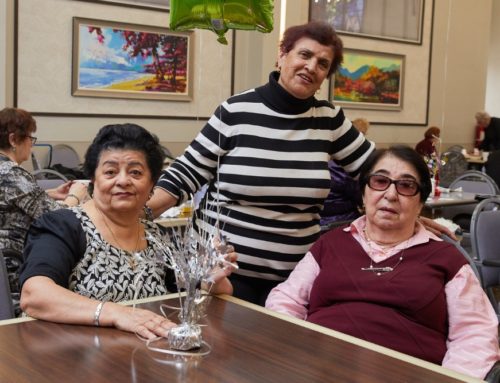
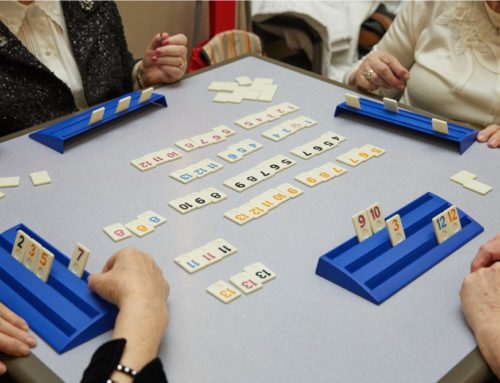

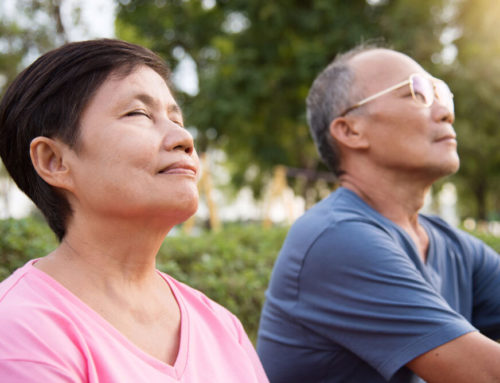
Leave A Comment